Geotechnical Instrumentation
Geotechnical engineering applications were Ryobi G’s flagship services back in 2000. After years of continuous improvement, Ryobi G is now a leader in geotechnical engineering works in Singapore, securing key projects in public and private sectors.
Monitoring on Ground/Building Settlement and Subsurface Movement


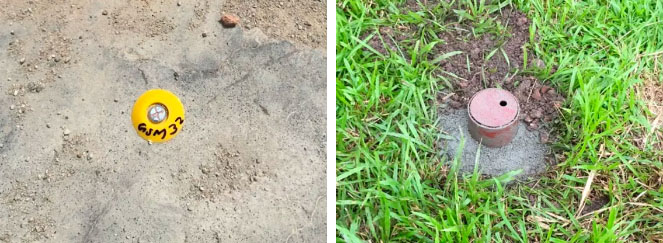
Building settlement marker and ground settlement marker.
BUILDING/GROUND SETTLEMENT MARKER
Building settlement markers are installed on the columns of existing structures or buildings to determine any inherence settlement or heave. The type of settlement markers to be used varies with the site conditions such as surveyor’s nail for concrete slab and for the soil and 1300mm reinforcement bar installed in the ground.
INCLINOMETER IN WALL/SOIL
Portable vertical inclinometer probe used to obtain segment inclination through vertically installed inclinometer casing which make gradual displacement with subsoil movement. It obtains data by using inclinometer probe which connected to inclinometer data logger through a control cable
Any horizontal ground displacement displaces the casing and causes change from initial inclination angle. Inclinometer probe has a built-in bi-axis accelerometer able to read up to 30 degree or more in horizontal angle, one axis is parallel with the wheel and another one is right-angled. It consists of torque-balanced pendulum which has no effect from impact or vibration and thus, maintaining high resolution and precise data.
During measurement, the pair of grooves inside the inclinometer casing which faces the excavation or potential displacement face will be used as primary measurement direction. The probe is lowered down to the toe of the casing by aligning sprung wheels on the probe to the primary grooves pairs found inside the casing. Typical measurement interval, which represents each segment length, is 0.5m.
Applications for inclinometers include:
– Monitoring horizontal slopes movement and landslides
– Monitoring diaphragm walls and sheet piles horizontal displacement
– Monitoring the effects of tunneling operations to adjacent subsoil movement
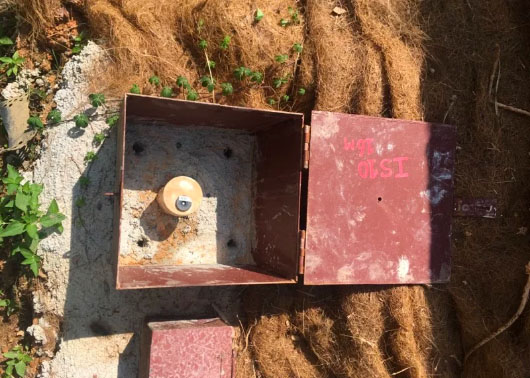
In-soil inclinometer
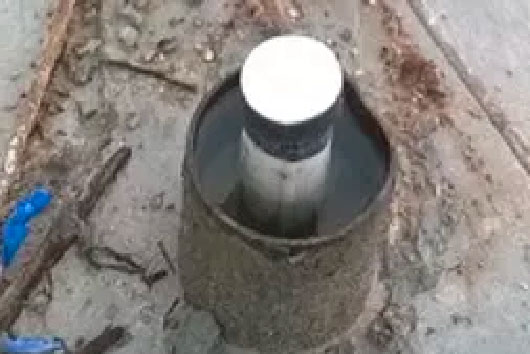
Wall inclinometer
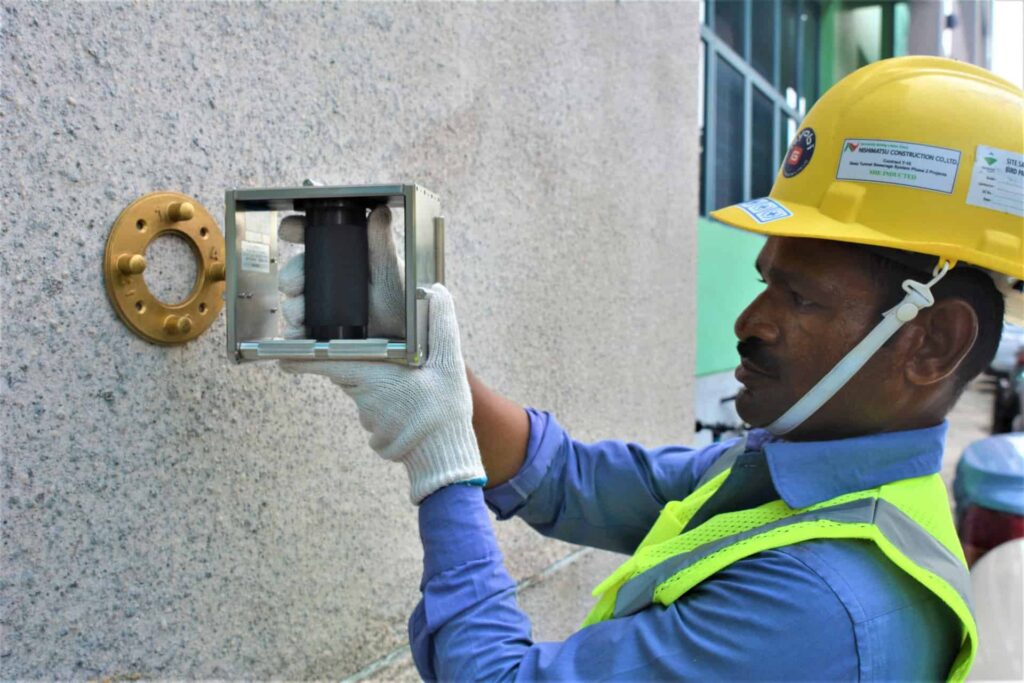
Obtaining tilt readings using tiltmeter
TILTMETER
Tiltmeter is use to monitor changes in the inclination of a structure. Tiltmeter data can provide an accurate history of inclination of a structure and early warning of potential structural damage.
The tiltmeter system includes a tilt plate, the portable tiltmeter, and a readout unit. Tilt plates are available in ceramic or bronze. Both types are dimensionally stable and weather resistant. Tilt plates are mounted on the structure in specified locations. They are typically bonded to the structure, but may also be screwed to the surface.
To obtain tilt readings, the operator first connects the tiltmeter to the readout unit, then the tiltmeter on the tilt plate. The operator subsequently records the displayed reading. Thereafter, operator rotates the tiltmeter 180 degrees and obtains a second reading. Finally, the two readings are averaged to cancel sensor offset. Changes in tilt are found by comparing the current reading to the initial reading.
VIBRATION METER
The vibration meter is typically used to monitor vibration intensity on a structure. These vibrations may be produced by the surrounding construction activities. The vibration meter produces a summary of vibration activity in bar graph format that provides clear documentation of the maximum vibration levels throughout the day. It also capture and report detailed data whenever vibration levels exceed a pre-set threshold. In this way, high vibration levels can be analysed.
Vibration meter also available in real-time basis which automatically posts the captured vibration event on to a dedicated web site. An alerting system can be integrated into the real-time vibration meter system in order to actively alert engineers against any destructive vibration event against the structure.
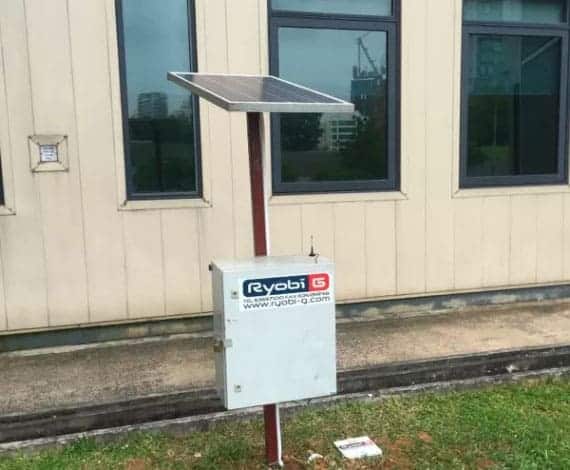
Vibration Meter



